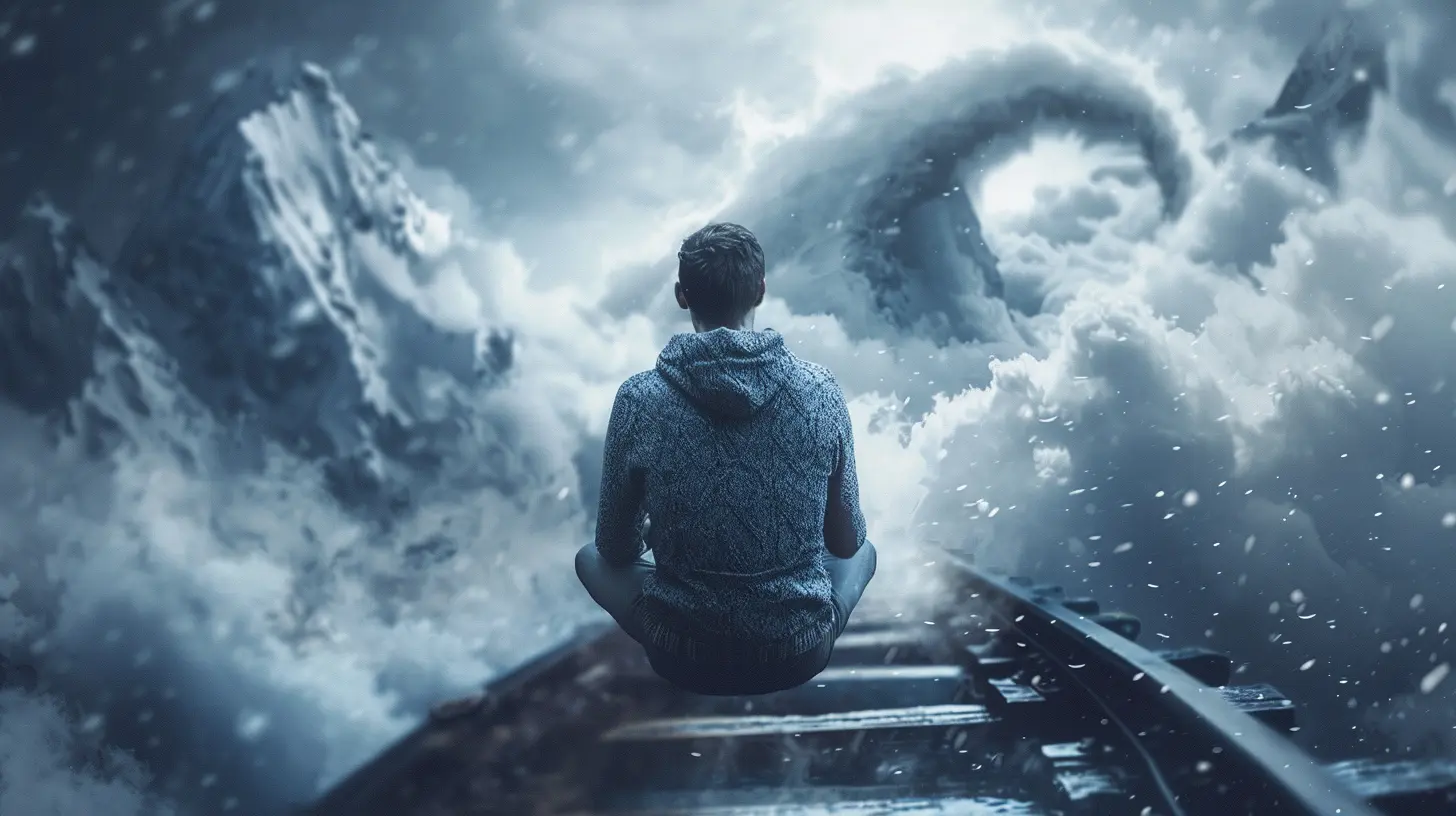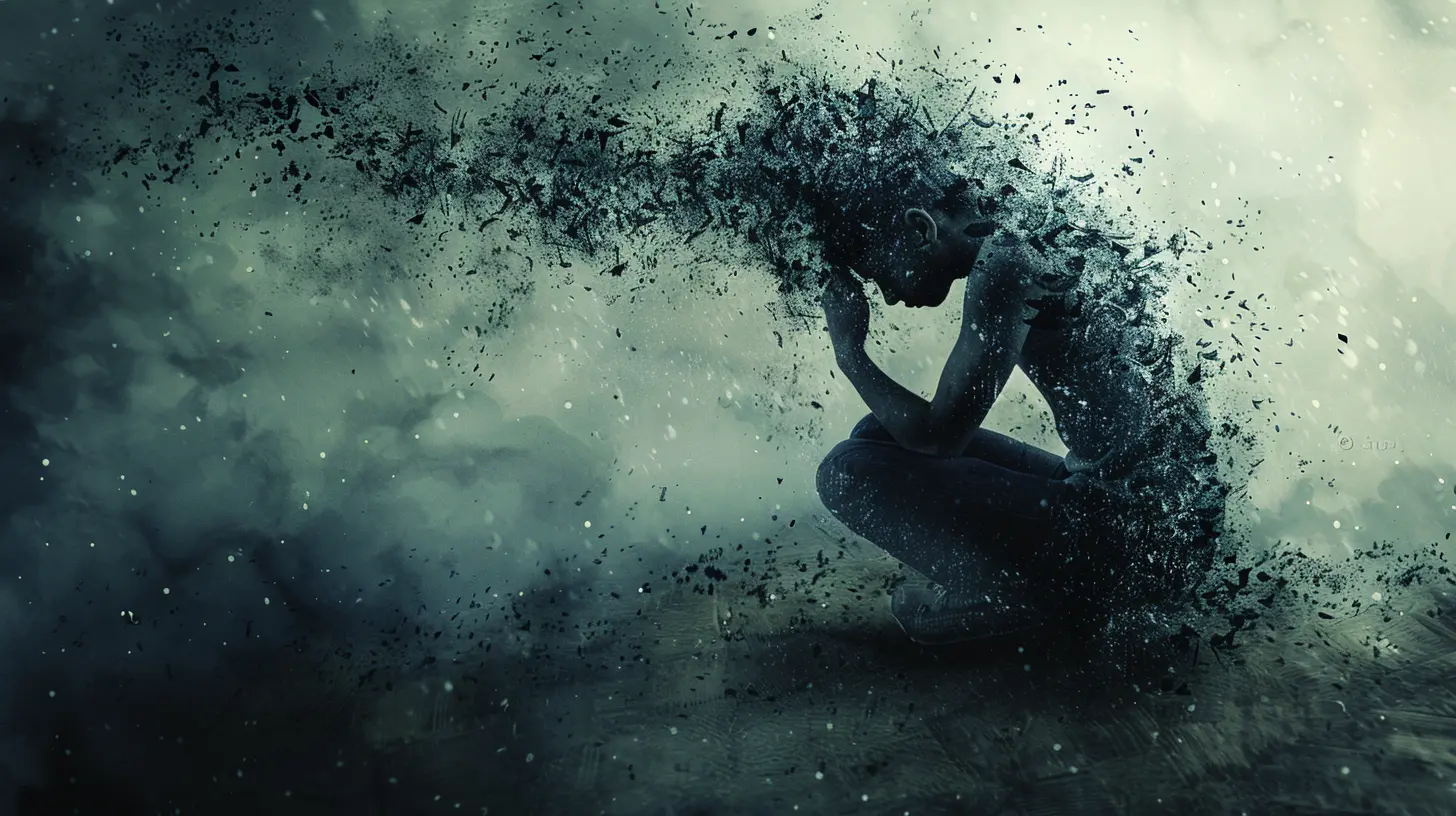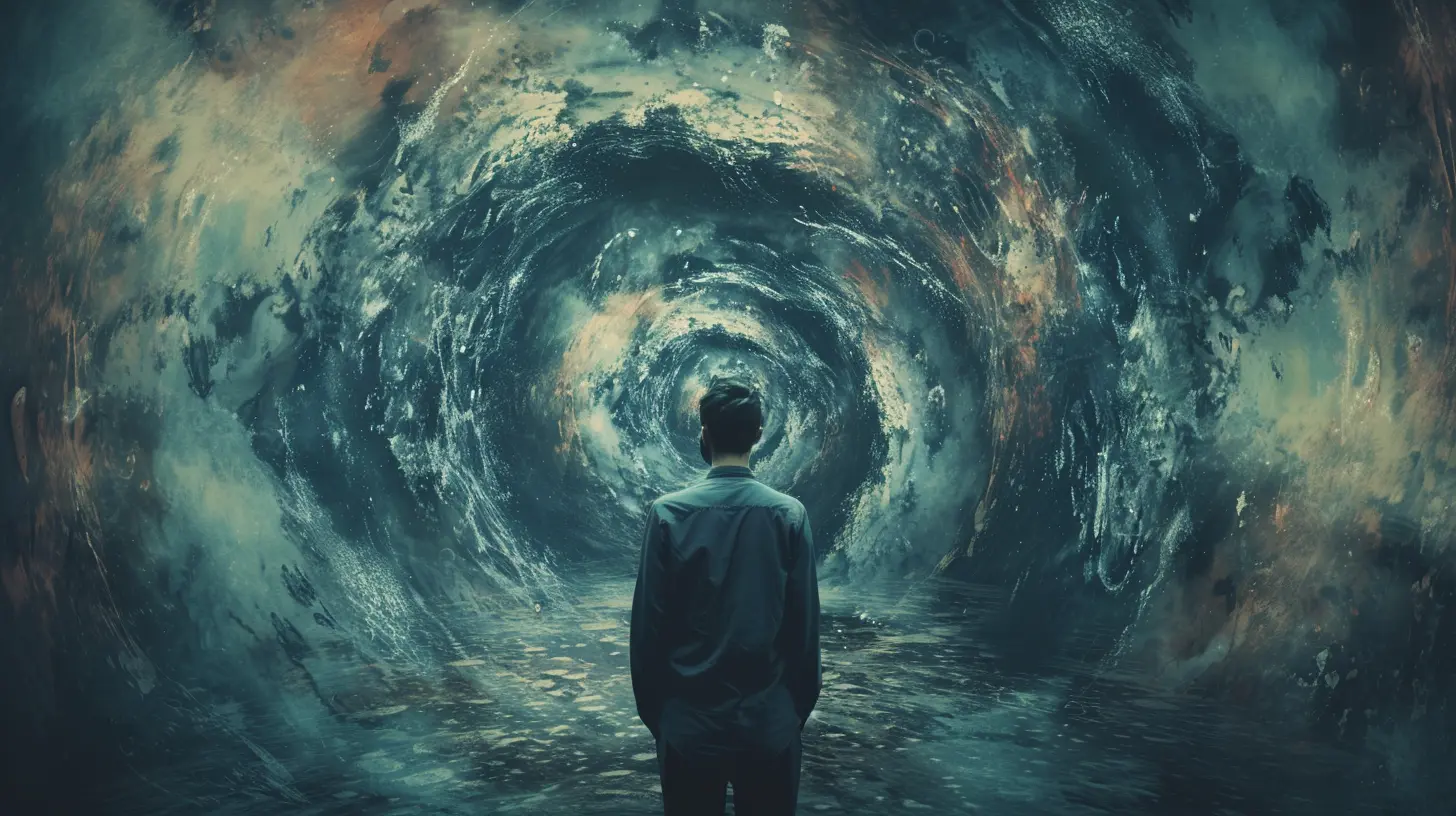Understanding the Emotional Rollercoaster of PTSD Complexities
13 June 2025
Picture this: you're strapped into a rollercoaster you didn’t choose, and the ride operator just left the booth. You’re twisting through highs, dropping into lows, doing emotional loop-the-loops you didn’t sign up for. That, my friend, is kinda what living with PTSD can feel like. Buckle up — we're diving into the wild, confusing, and sometimes downright exasperating world of Post-Traumatic Stress Disorder and its many layers.

First of All, What is PTSD?
PTSD, or Post-Traumatic Stress Disorder, is like the mental health version of an unexpected pop quiz, only instead of algebra, it’s your brain re-living trauma on repeat. It usually develops after experiencing or witnessing something deeply distressing — think combat, abuse, serious accidents, or natural disasters.The thing is, PTSD isn’t just one-size-fits-all. Nope. It wears many disguises, shows up uninvited, and overstays its welcome. And oh boy, it has some serious emotional baggage.

The “Complex” in Complex PTSD
Let’s talk about Complex PTSD (C-PTSD). If PTSD is the rollercoaster, C-PTSD is the entire amusement park with malfunctioning rides.While PTSD often stems from a single traumatic event, C-PTSD is usually the result of prolonged or repeated trauma. We're talking months or years, not just a single incident. This is common in people who’ve endured childhood neglect, long-term abuse, captivity, or being stuck in a war zone.
The “complex” part? That comes from the tangled web of emotions and symptoms that can be hard to unpack. Think of it like a messy drawer of your brain that you keep meaning to organize but never do — only it’s full of fear, guilt, shame, and anxiety.

Symptoms That Don’t RSVP
Trauma loves to crash the party uninvited and, spoiler alert, it brings all its annoying plus-ones. Some of the emotional thrills and spills include:- Flashbacks and nightmares: Like your mind keeps hitting the replay button at the worst time.
- Hypervigilance: Constantly scanning the room like you’re Jason Bourne on a mission.
- Avoidance: Dodging anything that reminds you of the trauma — people, places, even smells.
- Emotional numbness: Being in the room physically but feeling a million miles away emotionally.
- Negative self-perception: Feeling broken, unsafe, or like you don’t belong anywhere.
Sounds exhausting, right? That’s because it is.

Mood Swings: From Zero to Sixty
One minute, you're laughing at a cat video. The next, you're spiraling into a pit of overwhelming sadness or explosive anger. Emotional instability is a hallmark of PTSD and it can feel like flipping through every channel on TV — without a remote.These emotional highs and lows aren’t just moodiness; they’re your brain’s way of trying (and sometimes failing) to make sense of a world that doesn’t feel safe anymore. It’s like your internal GPS got glitchy and now keeps rerouting through Anxiety Avenue and Panic Parkway.
Relationship Roadblocks
Want to test the limits of friendship, romance, or family dynamics? PTSD is, unfortunately, really good at complicating those too.People with PTSD often struggle with trust, intimacy, and communication. You might push people away because you're afraid of getting hurt, or you feel like no one could possibly understand you. It's like trying to build a bridge while the wind is howling, the ground is shaking, and someone forgot to bring the instructions.
And here's the kicker: even well-meaning loved ones don’t always get it. You might hear things like:
- “Just get over it.”
- “That was years ago.”
- “Other people have it worse.”
Ouch. Talk about pouring lemon juice on an open wound.
The Body Keeps the Score (Literally)
Alright, it’s not just your mind throwing tantrums. Your body gets involved too. PTSD can cause physical symptoms like:- Insomnia or messed-up sleep patterns
- Chronic fatigue
- Muscle aches or tension
- Headaches
- Digestive issues (because trauma can mess up your gut — rude, right?)
Your nervous system gets locked in “fight or flight” mode, like a fire alarm that just won’t quit. So while you're trying to adult and function, your body is back in survival mode. Fun times.
The Inner Critic On Loudspeaker
Here’s one of the lesser-talked-about emotional complexities of PTSD: the relentless inner critic. That voice in your head that whispers (or shouts), “You should’ve done something,” “You deserved it,” or “You're broken beyond repair.”Spoiler: That voice is lying.
But it feels real, doesn’t it? PTSD has this nasty way of distorting reality. It’s like a funhouse mirror — only instead of making you look tall and wobbly, it warps your self-perception and magnifies guilt, shame, and self-loathing. It’s exhausting trying to quiet a critic you didn’t invite to begin with.
Triggers Are Not Just for Guns
Let’s get one thing straight: triggers are not overreactions. They’re involuntary flashbacks or emotional responses to sensory cues — sights, sounds, smells — that remind you of the trauma.Ever get hit with a whiff of cologne that sends your heart racing or hear a song that makes your stomach drop? That’s not drama. That’s your nervous system doing cartwheels.
The emotional toll of scratching the surface of trauma, often without warning, is one of PTSD's signature moves.
Emotional Armor and the Disappearing Act
Many people with PTSD become emotional Houdinis. It’s safer to disappear than to be vulnerable. So they put on emotional armor — stoicism, humor, workaholism — anything to avoid feeling those Big Ugly Emotions™.But guess what? Stuffing down emotions is like trying to keep a beach ball underwater. Eventually, they pop up — and not in a fun surprise-party kind of way.
Why Healing Feels Like a Labyrinth
Healing from PTSD isn’t a straight line; it’s a crooked, messy, two-steps-forward-one-somersault-back kind of journey. Just when you think you've figured it out, a new emotion shows up waving: “Remember me?”You may feel better one day and worse the next. That doesn't mean you're broken — it means you’re healing. And healing is anything but linear.
Therapy, especially trauma-focused approaches like EMDR or CBT, can be game-changers. Think of your therapist as your emotional hiking guide. They won’t carry the backpack for you, but they’ll help you read the map and avoid potholes.
Coping Tools: Because You Deserve a Survival Kit
You wouldn’t hike Everest without gear, right? So why tackle PTSD empty-handed?Here are some emotional life rafts that can help when the stormy waves hit:
1. Grounding Techniques
Think of these as emotional anchors. They pull you back from panic mode into the present moment. Try:- 5-4-3-2-1 sensory exercise
- Holding something cold (like an ice cube)
- Deep breathing with a focus on counting
2. Journaling
It’s like talking to your brain on paper. Writing down your thoughts can help you process emotions and notice patterns.3. Building a Support System
Find your people — those rare unicorns who listen without judgment and show up even when you’re not your sunniest self.4. Practicing Self-Compassion
If your best friend were going through this, you wouldn't call them weak, would you? Treat yourself with the same gentle kindness.5. Movement and Mindfulness
Yoga, walking, dancing awkwardly in your kitchen — whatever gets your body moving and your mind present. It’s not about being Zen; it’s about giving your nervous system a breather.
A Word on Medication
Look, medication isn’t a magic bullet. But for some, it's like turning down the volume on anxiety and depression just enough to start functioning again. There’s no shame in taking SSRIs or other prescribed meds — your brain chemistry deserves all the support it can get.You’re Not Alone on This Wild Ride
So here’s the truth: PTSD is a gnarly beast with emotional complexity that can knock the wind out of you. But you’re not weak. You’re not broken. You’re a survivor navigating a stormy sea in a boat you’re still building.And here’s the clunky reality — healing takes time, patience, support, and a whole lot of grace. But it’s possible.
You might not have chosen this rollercoaster. But with the right tools, support, and a sprinkle of stubborn hope, you can learn to ride it (possibly even with your hands in the air).
Final Thoughts (And A Virtual Hug)
Understanding the emotional rollercoaster of PTSD complexities isn’t just about labeling feelings or checking off symptoms on a list. It’s about validating the lived experience, embracing the messiness, and giving yourself permission to feel, heal, and grow.And hey, if you ever feel like yelling into the void, “Can I get off this ride now?” — you're not the only one.
But here’s something to hold on to: healing is possible. And you? You’re braver than you think.
all images in this post were generated using AI tools
Category:
Post Traumatic Stress DisorderAuthor:

Janet Conrad
Discussion
rate this article
2 comments
Emily McNeil
Thank you for shedding light on this.
November 20, 2025 at 4:45 AM
Garrett McLain
This article effectively highlights the intricate emotional challenges faced by individuals with PTSD, emphasizing the importance of understanding and empathy in their journey.
June 20, 2025 at 3:35 AM

Janet Conrad
Thank you for your thoughtful comment! I'm glad the article resonated with you and emphasized the importance of empathy in understanding PTSD.


